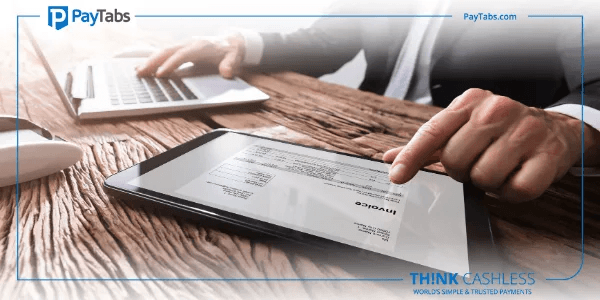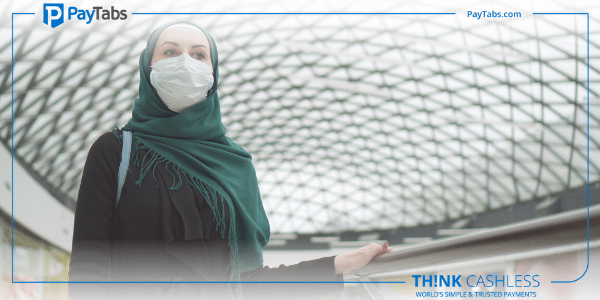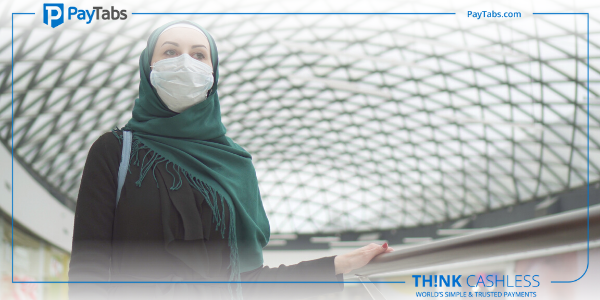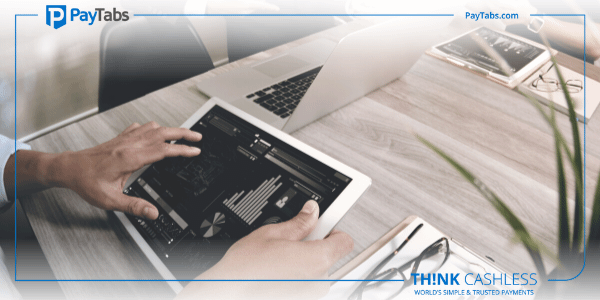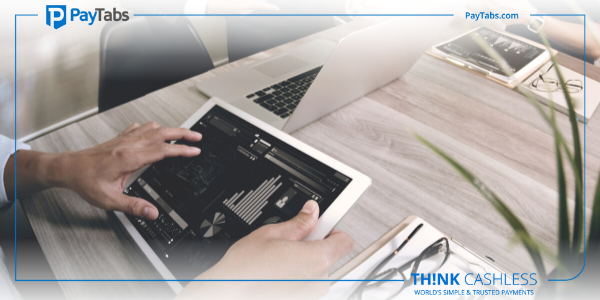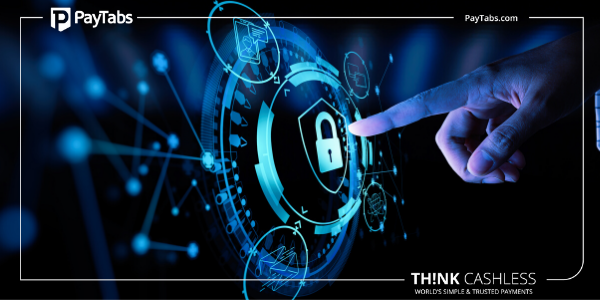How to Simplify Invoicing and Billing
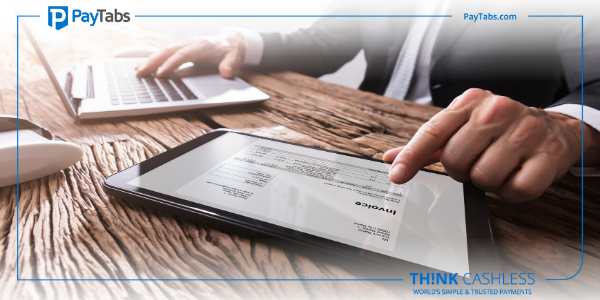
Invoicing is an important function in an organization as an efficient system ensures that the bills are collected promptly, leading to better liquidity in the market. Simplified invoicing system also ensures that your clients are assured that they are billed correctly. Integrated payment technologies may be used for this purpose of simplifying the process. Whether you run a small business or a big one, it is important that your invoicing and billing process is smooth and timely. Here are some of the pointers which may help you in simplifying the entire process.
Fix the Terms: In order to simplify the process, it is important that the organization has clear terms and conditions related to invoicing. Once you have set the terms, you can proceed with communicating these terms to your clients so that there is no ambiguity on this front. Some of the most important variables which should be covered under the terms are the duration of billing i.e. whether the billing will be done on project basis or hourly basis and the duration within which the invoice is required to be paid. Further, the terms which need to be fulfilled before the payment is made should be included.
Automate the Process: With the easy and economic availability of various tools, it is easier than ever to automate the process of invoicing. The process involves the transfer of data from invoices to electronic system and thereafter carrying out the task of interpreting and validating the invoices. Some of the other aspects of the process are approvals, payments, resolution and storage. The investment in Enterprise Resource Planning or ERP systems tends to pay for itself in a short duration of time as it brings about efficiency in operations. With the elimination of manual intervention, the firm can optimize its human resources.
Choose Appropriate Payment Options: In order to keep your billing and invoicing process simple, it is essential that you choose your payment options carefully. With a plethora of options available, it has become more difficult for vendors to keep track. The businesses should ensure that they fully balance the pros and cons of providing a range of payment options to their clients. While it is imperative that you offer a wide variety of payment options so that your clients are assured of ease and convenience, it is also important that the selection is kept at a manageable level. The offering of multiple payment channels is also expected to boost your liquidity and reduce the chances of defaults.
Integrate Different Variables: Invoices comprise a wide range of variables which may make the entire process complicated and time consuming. The integration of these facets are helpful in ensuring the efficiency. You can start by using integration tools for aggregating the expenses incurred for a particular project or a job. Such integration also helps in exercising proper control over expenses and thus keeping the project on a proper path. Timely integration of expenses ensures that you are able to send the invoice in a prompt manner.
Pay Attention to Analytics: It is essential to keep proper track of your invoicing system. Once the system is automated, it becomes a lot easier to gather the data and then to compare it against the set standards to find out the deviations. There are several tools available for the purpose of collecting such data and then analyzing it. Various aspects such as time tracking solutions may help in making the process more efficient by providing relevant data. Time tracking solution is especially helpful in improving the productivity by generating detailed reports. These reports provide better communication to the clients about the progress of work and thus render invoicing more helpful to them. Analytics are also useful for the purpose of forecasting, which is helpful in planning.
Overall, the importance of efficient billing and invoicing cannot be overemphasized. The automated invoicing process may be augmented by the addition of terms and conditions such as levy of penalty in case of late payments. The combination of such online and offline measures helps in making the system more amenable to your business. The installation of such system may require significant amount of resources in the beginning but it proves to be more efficient in the long run.
